Alright – so today we’ve got the honor of introducing you to Maurice Person. We think you’ll enjoy our conversation, we’ve shared it below.
Maurice , thanks for joining us, excited to have you contributing your stories and insights. What’s the backstory behind how you came up with the idea for your business?
So I was working in the fine dining restaurant industry and saw a lot of farm to table networking between chefs and growers when I started growing food professionally. At the same time I was a farmers market manager, I got this idea that I could help people grow food, by being inspired by my grandfather, Joe Person, who I grew up growing food with.
Joe grew up as a sharecropper, raised in the South. He was a WWII veteran that had served in the Korean War, but found it nearly impossible to get a job when he returned home. He decided to take matters in his own hands, literally and began building businesses. He started the Black Business Chamber of Commerce, a BBQ restaurant, a car detail shop and helped my grandmother start the head start program and a day care. My grandfather was raising 11 children and growing food in the backyard was common and the normal practice. My grandmother made the best meals with the home grown vegetables that I helped grow.
When I finished high school, I was growing tomatoes consistently because I could grow them in 5 gallon buckets. I was living in the city and I didn’t have a yard, so I had to figure out a way to grow. Eventually moving into a house with roommates and then a house after getting married, I kept diversifying the kinds of tomatoes I was learning about and growing. I began to focus on growing heirloom tomatoes, Jalapeños and ghost peppers. I would make salsa for my friends and relatives during the holidays after harvesting for the year.
Around 2010, I was growing tomatoes that were super huge, but they were not turning red. I had plenty of friend green tomatoes that year. I became frustrated with having several pounds of green tomatoes and started doing research to find out what the issue might be. After I took a few soil samples and ran a few test, I discovered that I had depleted most of all the nitrogen on the property for failing to rotate my crops and add needed nutrients. Having moved around so much, I really never had to think about issues like soil erosion, crop biodiversity or nutrients leaving.
After doing research and trying to come up with a solution for keeping my soil healthy, learning how to add more minerals to my soil, and retaining more moisture, I came across a method of growing called wicking beds. A wicking bed uses layers of organic matter to create a nutrient rich environment that allow the roots of the plant to wick down, while the water wicks up. The system utilizes water fed to the bottom of the grow bed through a pvc pipe. This allows for the roots to get maximum nutrients while developing strong roots. The idea behind the system also encourages people to up cycle and utilize used materials, like storage bins and plastic containers. I built a few systems, studied them and identified some issues.
My biggest concern was about the possibility of pcbs and petroleum based plastics leaking into the system. I started doing research on plastics that wouldn’t break down in the sun or outside and came across aquaponic grow beds. I then discovered that this method of growing was popular in Australia and had been used by Aztecs in pre colonial times.
I started doing more research and recalled a time when my grandmother had an aquarium with plants growing out of them. I put 2 and 2 together and realized that the method of growing plant using fish waste was also a concept that I had seen in action. Knowing that there were a lot of people in my community growing food, I felt that this was another avenue that people could tap into. I felt that raising goldfish was easy and water plants are pretty forgiving.
After setting up several current aquatic methods of growing, and studying the biology of the plants, fish and water for about 2 years, I invited a friend to start a business with me. We had an indoor aquaponic farm, with an art gallery, a small farm stand and about 12 members purchasing produce from us. We worked with other farmers to supplement what we couldn’t grow, to provide our clients and the neighborhood with fresh locally grown produce.
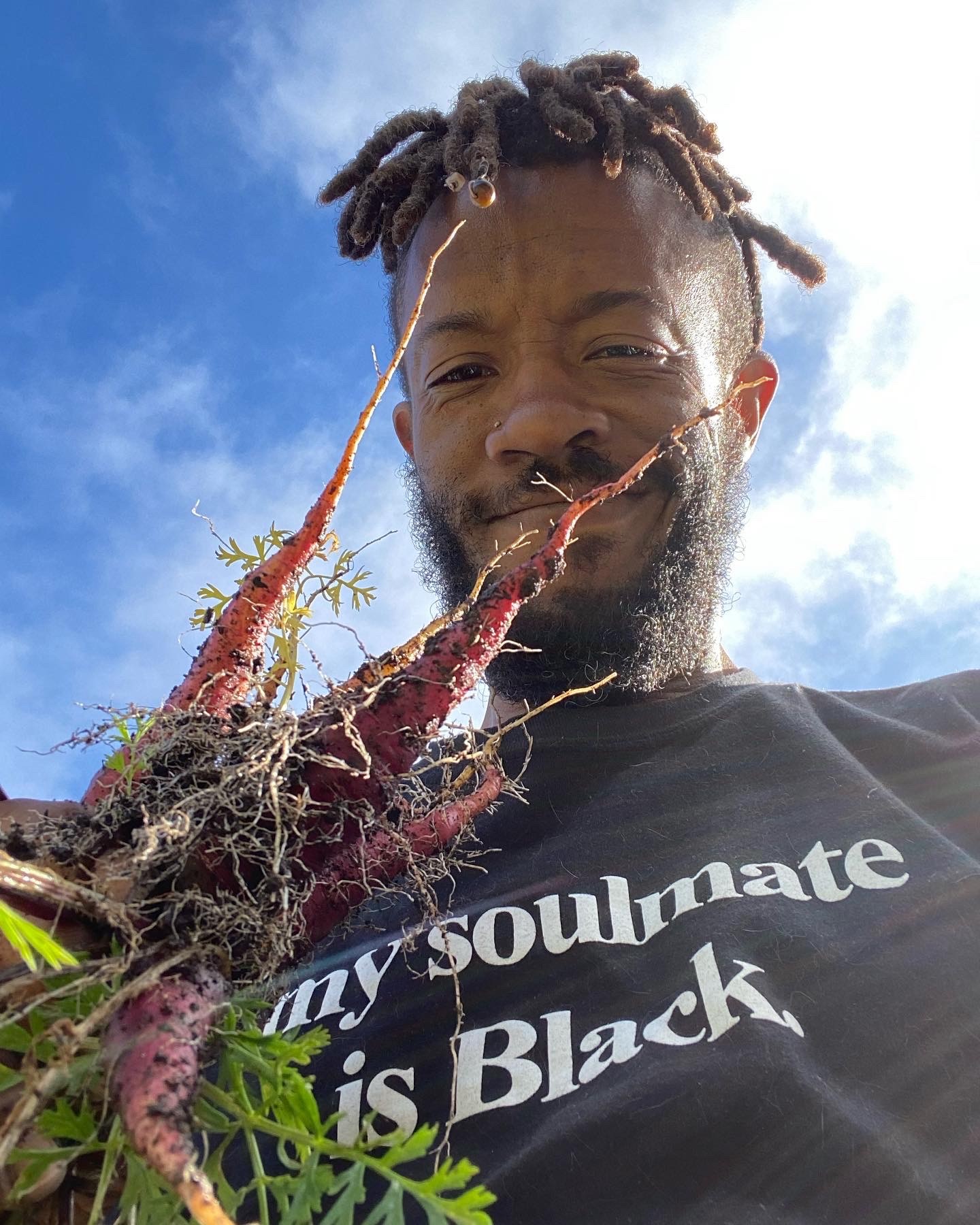
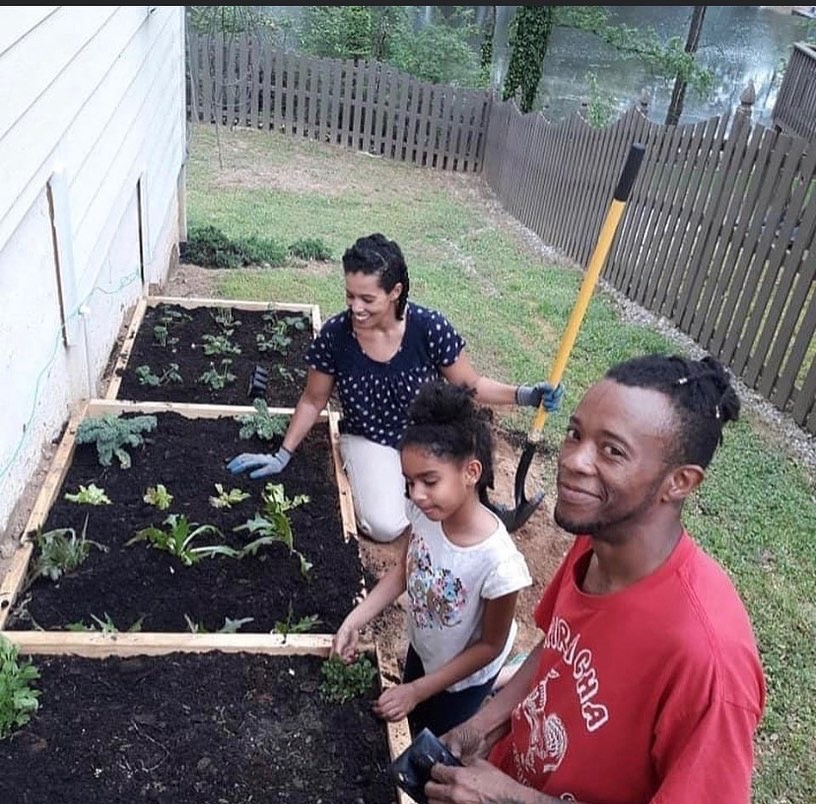
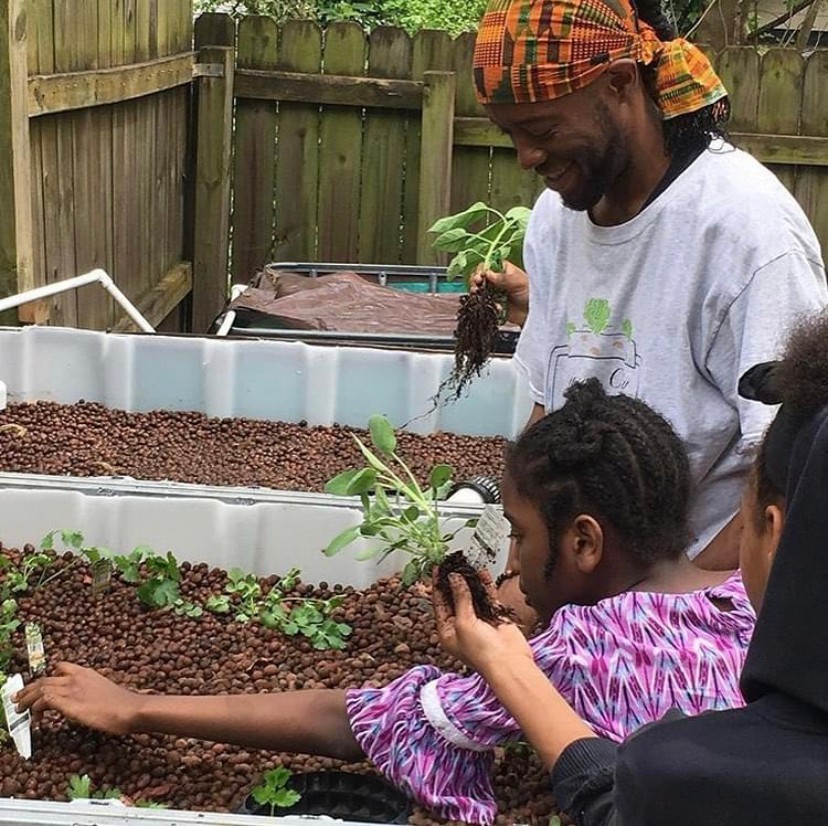
Maurice , before we move on to more of these sorts of questions, can you take some time to bring our readers up to speed on you and what you do?
Kansas City Aquaponics is a business that focused on teaching people about the biology of the water and plants in regards to Aquaponics. Kansas City Aquaponics operated out of a greenhouse at East High School in Kansas City, Mo. We are Consultation service that also provides basic understanding of how traditional soil gardening works in addition to providing other opportunities to grow using different methods, known as companion planting, Permaculture, edible garden, design, and beneficial planting.
The business is supported by consultations design and building. However, we also, the business is mainly supported by consultations. However, we do I offer a full range of building as well as providing plants, shrubs and bushes for folks to add to their garden in an edible landscaping fashion. It’s important to know that my business is mainly supported by selling, raised bed boxes That are installed with Soil. After the installation of the raised beds, the client chooses delete delete delete during the installation of the raised beds. The client chooses what kind of plants, herbs or vegetables they would like to grow we plant those then we check on them in two weeks and turn the system over to the client homeowner or business. after that, the client has the client/student has the option of signing up for a program where I visit the home or residence twice a month. In addition to the advice, helping with harvest and helping with weeding the bi monthly program waves any fees associated with labor, cost travel, fees, and service fees, associated with any new projects.
The thing that is the most valuable for the service that I provide is that I will hold your hand from start to finish, and until you’re comfortable with learning about your gardening, and how it grows and how to keep your food growing throughout the year in the climate that were in as well as winter rotate, went to plant access to plants and information about what’s going on in the gardening world. Another aspect to the service that I provide is that I have a background and wind, solar and green energy for residential as well. As customer service training and relations to energy efficiency call schepmann Springs an added benefit.
Kansas City Aquaponics was born out of an idea stemming from a previous business called “Urban Harvest KC“ that was started in 2013. The business was started to provide fresh produce from a farmer we connected with using a prepaid model, known as CSA, and sell produce from a farm stand at the shop. In addition to providing tours and workshops, we built and designed greenhouses and aquaponics systems for residents, businesses and schools. After running the business Urban Harvest for less than a year, we figured the model was unsuccessful, and dissolved the business four years later I started Kansas City Aquaponics.
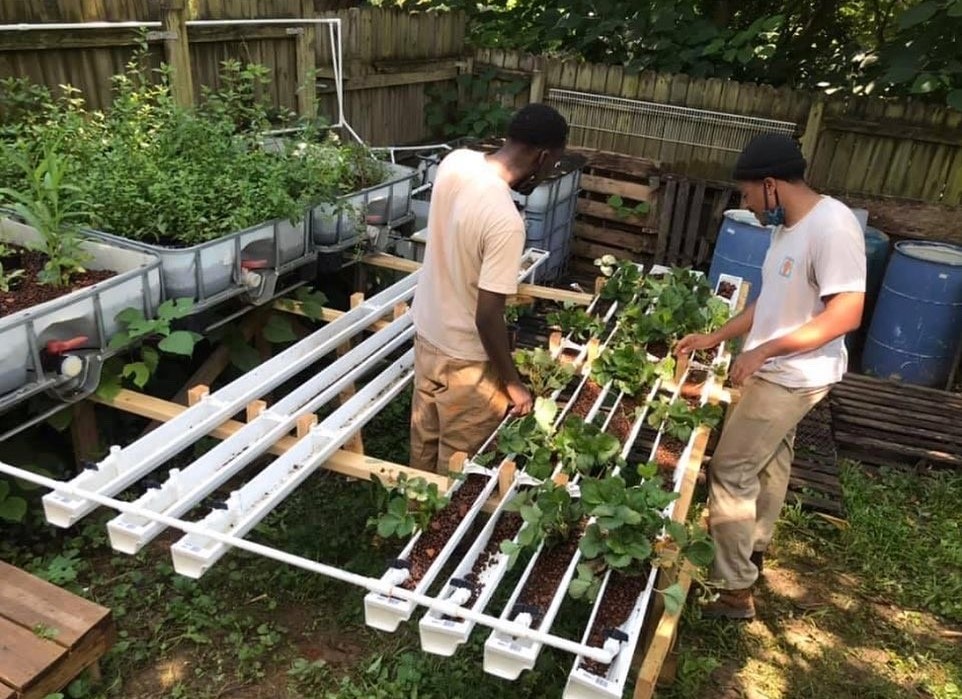
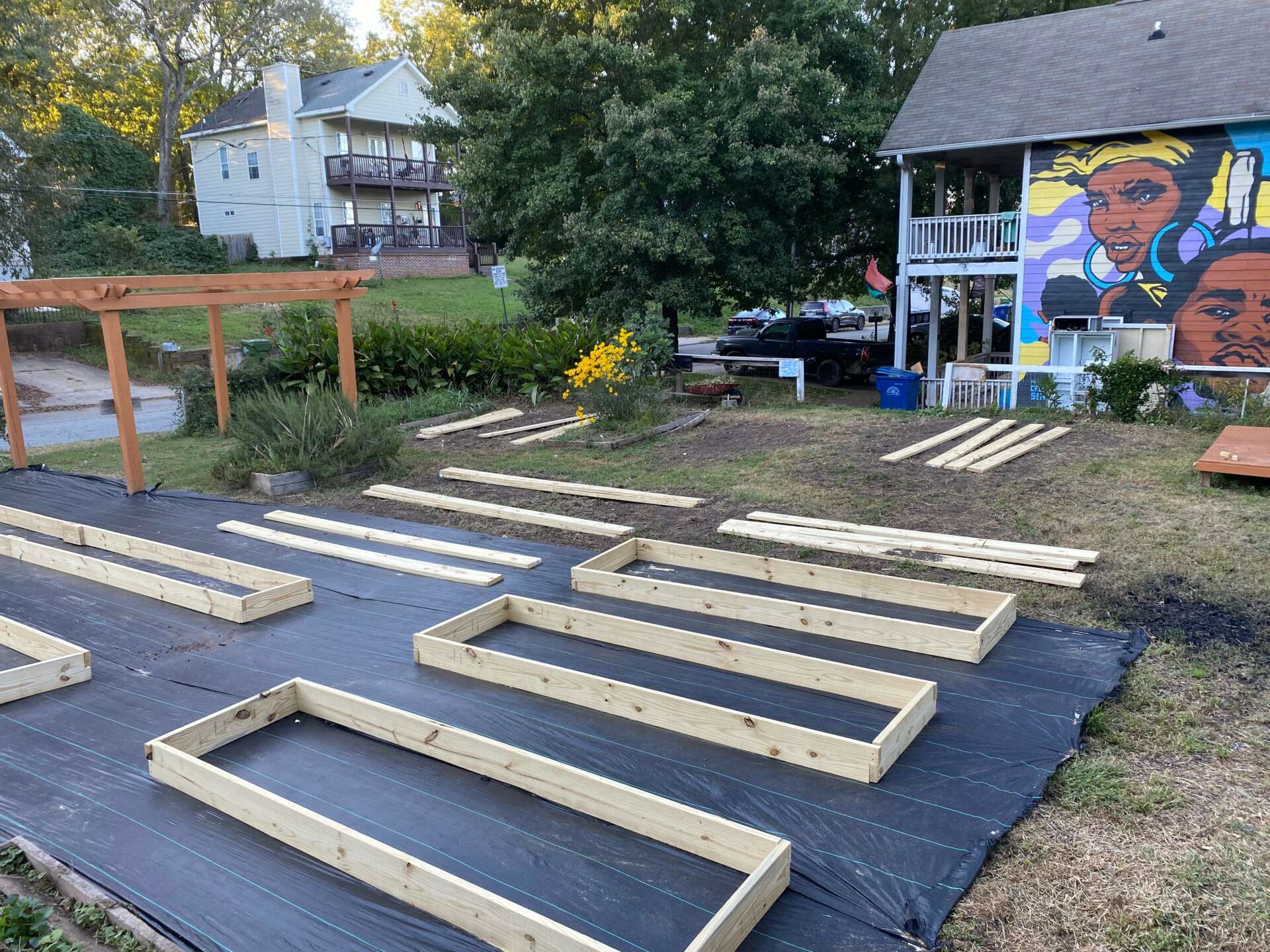
Have you ever had to pivot?
In 20I9 I moved the to Atlanta to work with a grassroots organization that works on strategies to support anti-gentrification and abolition efforts in Southwest Atlanta and globally. As Food Sustainability Coordinator for Community Movement Builders I am responsible for programming surrounding the education on growing food and taking care of a garden we manage next to our house headquarters. The business as an LLC would have to go on hold, but as a lifestyle it was what I was doing. I started working for a restaurant, then Covid happened.
Before I moved, I was serving and providing five different restaurants in Kansas City, with basil and mint being grown in the aquaponics system at the school. At around $15 a pound, sometimes more with a delivery of 2-3 times a month, this was easily a $300-$400 profit that was steady income. Income and revenue that I lost or gave up, however you prefer to look at it. It was a change like this I wasn’t prepared for. When I moved to Atlanta, I was trying to decide whether to keep the name or dissolve the business and start something new. So I worked at the restaurant and took on small grass cutting and landscaping jobs, in an attempt to encourage folks to inquire about aquaponics and try to pitch my business ideas. Most folks just wanted their grass cut. When the pandemic happened, it gave everyone time to think and people started inquiring about growing their own food.
In 2022 I registered Kansas City Aquaponics LLC in the state of Georgia and began consulting people on what l, how and where they should grow. People wanted to empower themselves and take control of the food that they were serving their families and putting in their bodies. In addition to consulting people on the best kind of system that would work for them, I also consult homeowners on landscaping and traditional soil gardening. I build raised beds for people and run a bimonthly garden Consultation and management service.
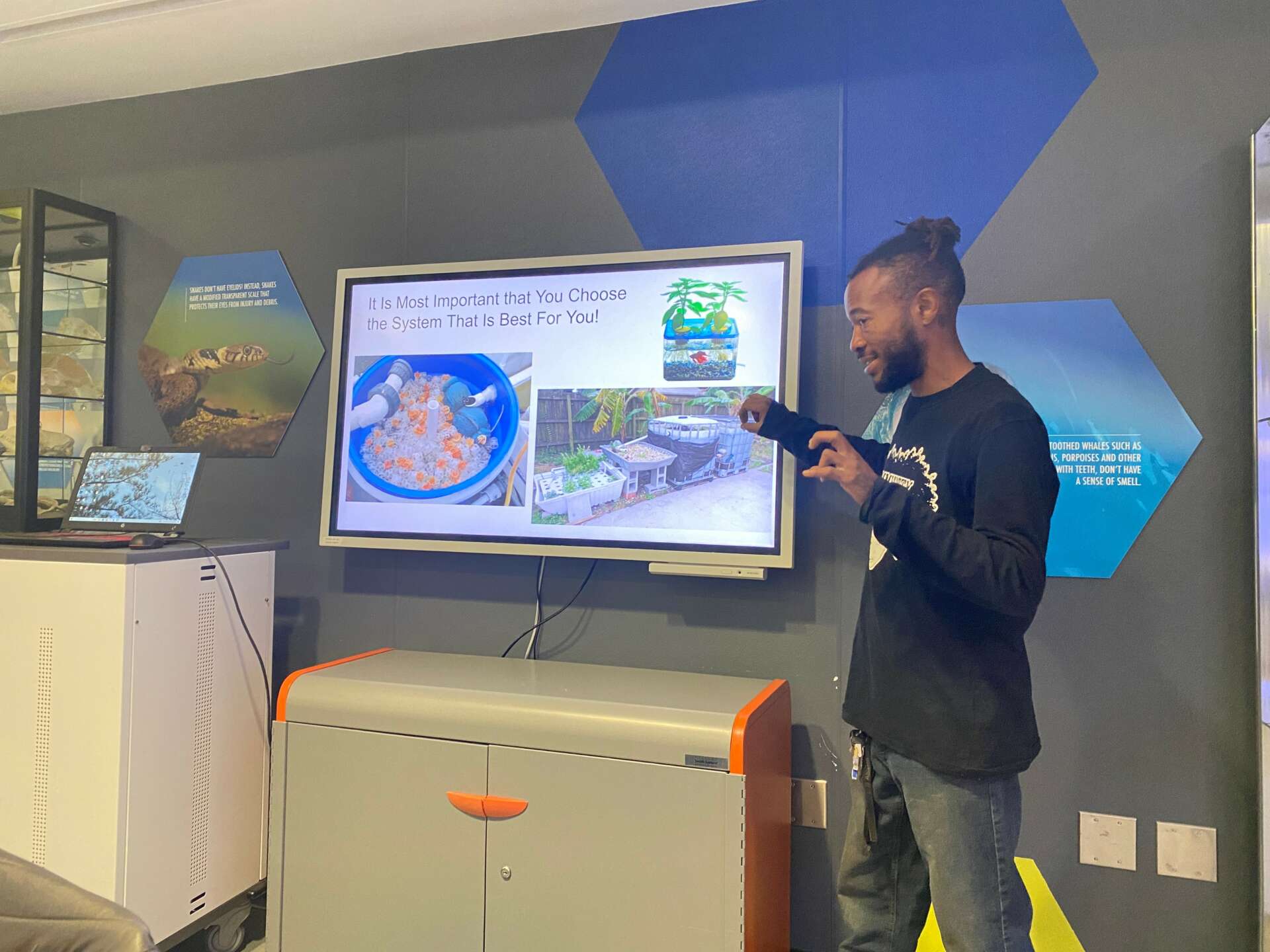
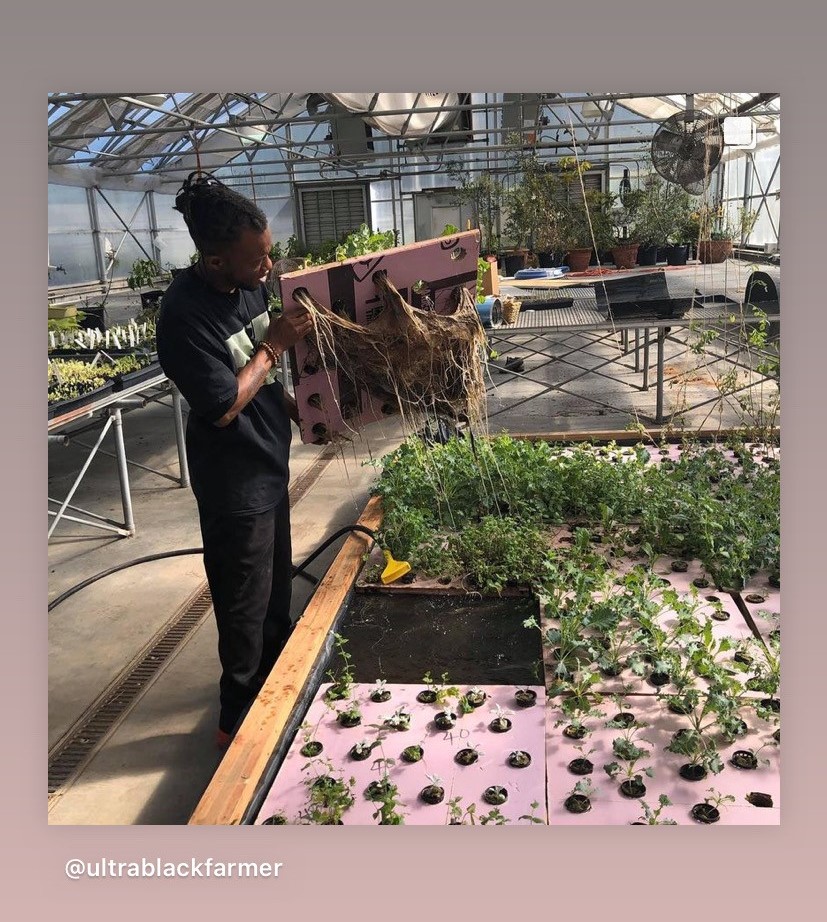
Can you talk to us about how your side-hustle turned into something more.
Around the year 2015 I attended a Black Urban Growers conference. This was the first year and time I had ever left my city intentionally to meet with other growers from different parts of the world. It was also the first time I was meeting with other Black growers from all over the country. A lot of things in my personal life h were changing, I was in the stages of planning my new business and meeting with like minded growers. Teaching and consulting people on aquaponics was my main focus, however the Black Urban Growers conference in Oakland reinvented my connection to the soil. With workshops on Afro Ecology, our rights to the land and how to for cooperatives and collectives. I regained a new focus on why I wanted to grow food and well as teach people how to cultivate it. The BUGs conference of 2016 galvanized my mission and the goals I wanted to achieve. The mission would be to teach people about aquaponics as a tool that could be used with traditional soil gardening.
Around that same time I began fostering a relationship with East High School in Kansas City, Mo. Being one of the largest schools in Missouri was where most of the foreign language speaking students were sent, East High school, the diversity of the school was rich with immigrant students and young refugees who wanted nothing but to learn and make friends. What began as an after school program, became a working academic program for the students. Working with the Biology teacher, Mr. McCullough and the algebra teacher, Mr. Killen, to create a farm plan, animal and plant pathology program, in addition to teaching aquaponics. Kansas City Aquaponics was being ran out of one of three greenhouses at East HS with an agreement to help the students study the biology of the fish, water and plants.
In February of 2018, we grew a about 10,000 pound of food with the school and students. I happen to make a post about the food we had grown and the post went viral, which led me moving to to Atlanta working with the organization I am with, I had been doing aquaponics as a hobby, but running my business legit as an LLC in partnership with the High School led me to a bigger path and broader mission.
Contact Info:
- Instagram: @ultrablackfarmer
- Linkedin: https://www.linkedin.com/authwall?trk=bf&trkInfo=AQH5e3nuqOLTGAAAAYX5ZhEwOh-R6DbHXP8U8tHBux68DPuuaJ3tkhtE0Zgt8XJlKEO9zWU4pl0fQP14GzAK5uQk7idEJnPsFuy0V0OI-M7eLDubIYhRERD1HPgHmzCM53Oeswo=&original_referer=&sessionRedirect=https%3A%2F%2Fwww.linkedin.com%2Fin%2Fericpersonkc
- Youtube: @Crushproofstudios
Image Credits
Maurice Person


